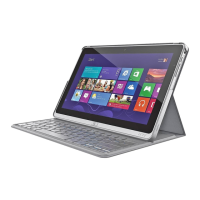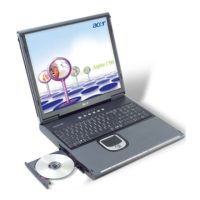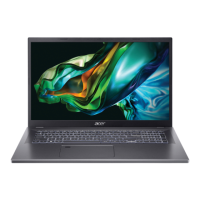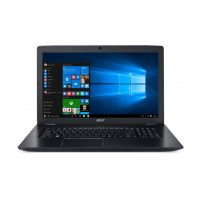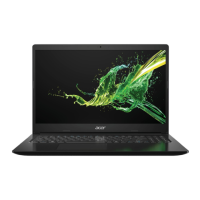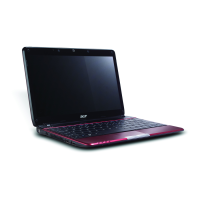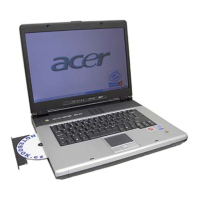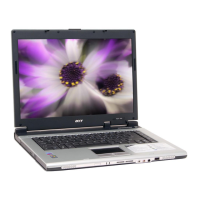Why my Acer Aspire 1710 doesn't power on?
- JJuan BoothJul 30, 2025
If your Acer Laptop doesn't power on, the issue might be with the power source, such as the battery pack or power adapter. It could also be related to the hard drive and battery connection board, or the system board.





